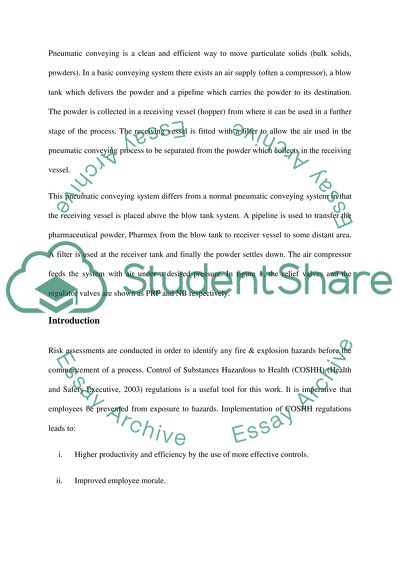Cite this document
(“ETHICS SAFETY AND SAFETY MANAGEMENT Essay Example | Topics and Well Written Essays - 2000 words”, n.d.)
Retrieved from https://studentshare.org/environmental-studies/1413101-ethics-safety-and-safety-management
Retrieved from https://studentshare.org/environmental-studies/1413101-ethics-safety-and-safety-management
(ETHICS SAFETY AND SAFETY MANAGEMENT Essay Example | Topics and Well Written Essays - 2000 Words)
https://studentshare.org/environmental-studies/1413101-ethics-safety-and-safety-management.
https://studentshare.org/environmental-studies/1413101-ethics-safety-and-safety-management.
“ETHICS SAFETY AND SAFETY MANAGEMENT Essay Example | Topics and Well Written Essays - 2000 Words”, n.d. https://studentshare.org/environmental-studies/1413101-ethics-safety-and-safety-management.


